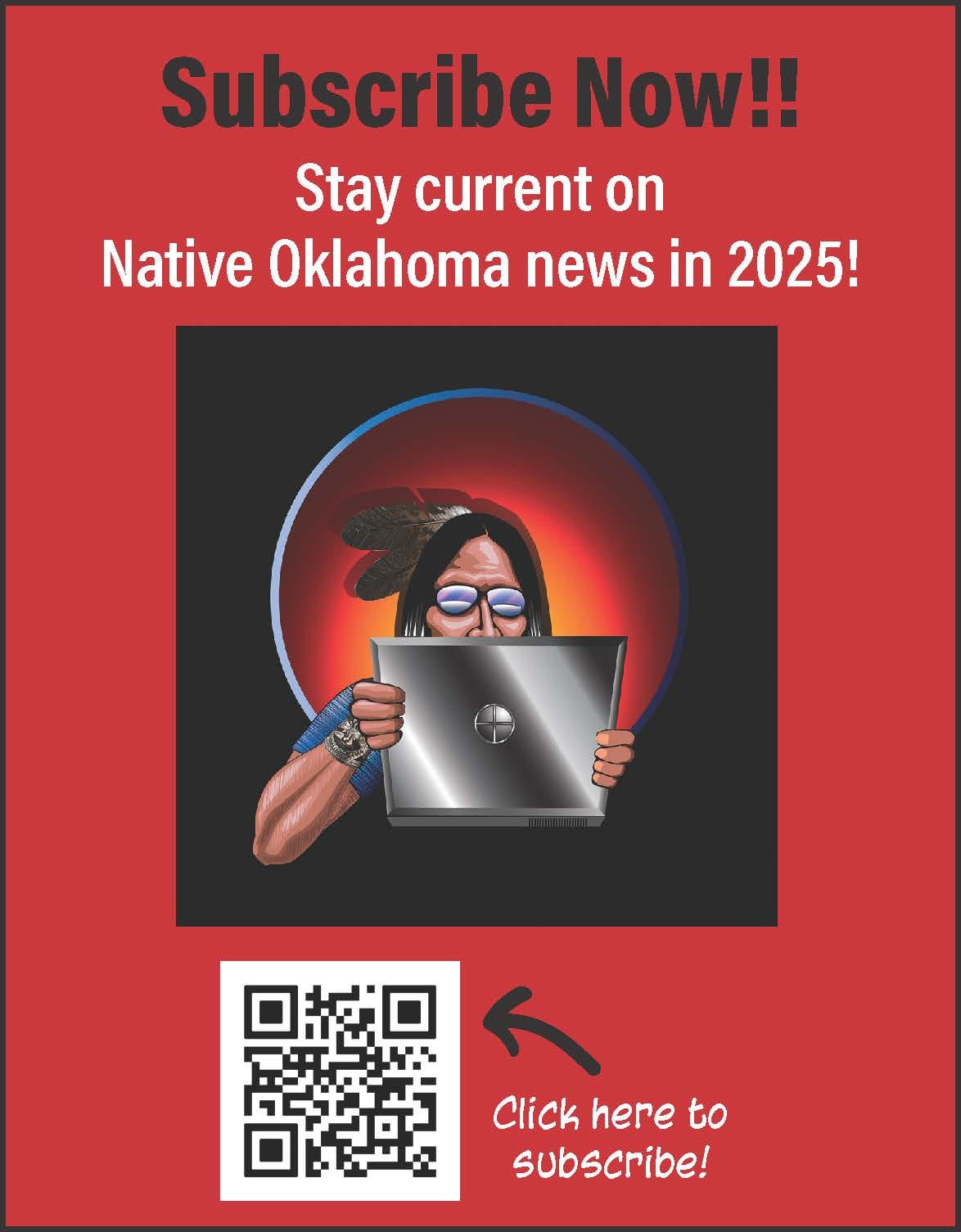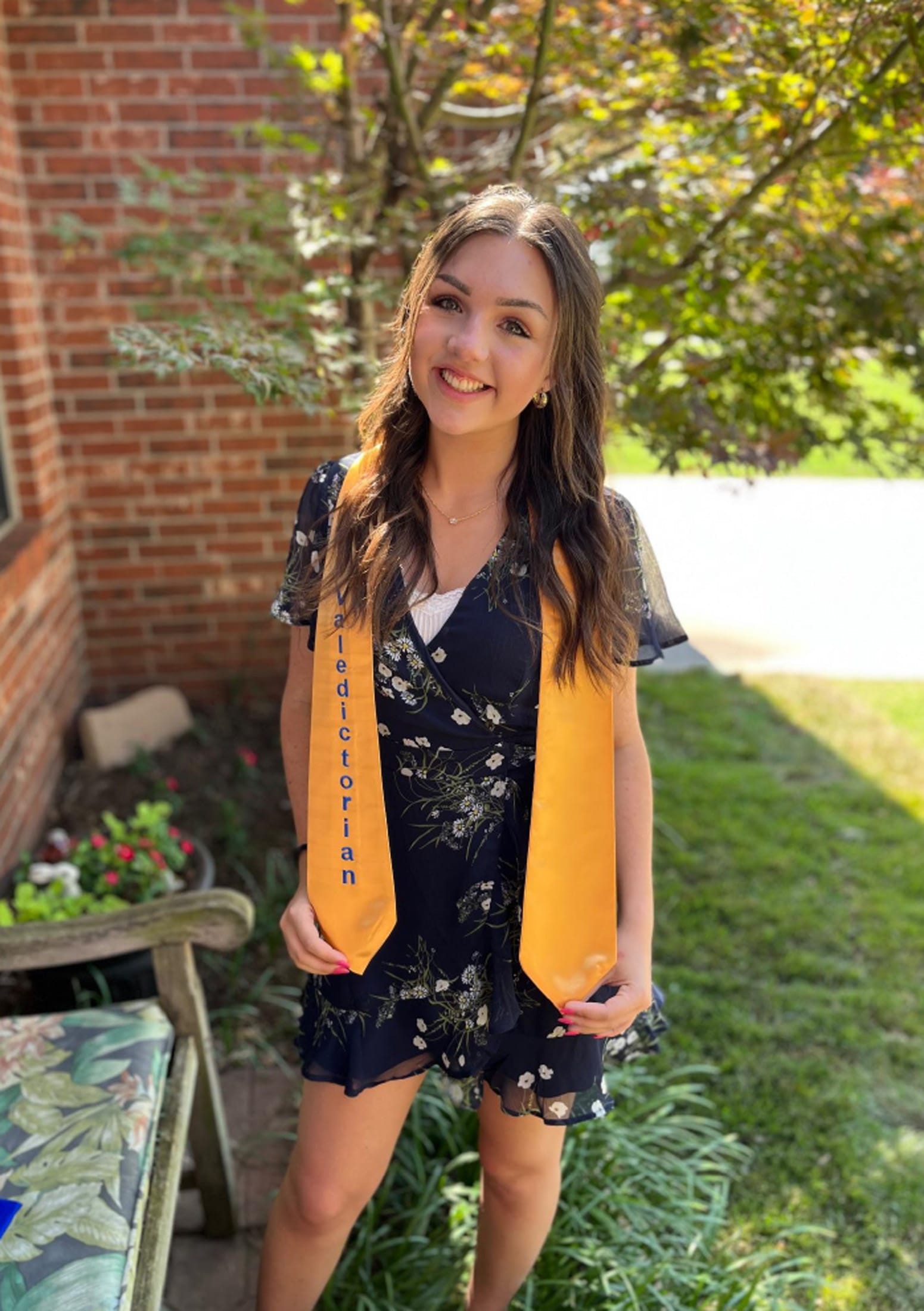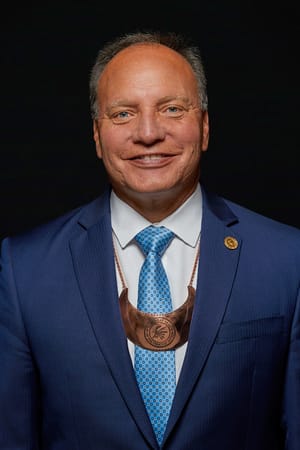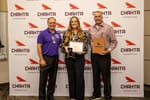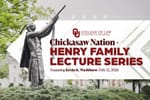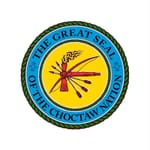
By Tina Bridenstine, Citizen Potawatomi Nation Public Information Department
Each semester, students in a Potawatomi I language course have a chance to write children’s books in the Potawatomi language. Recently, the author of one of those books was Bonner family descendant Morgan Aguiar.
Aguiar found out about the chance to write a book in Potawatomi while pursuing her degree at the University of Oklahoma in Norman, Oklahoma. As part of her degree path, she selected a Potawatomi language course as one of her electives.
“I was so excited to see that this class was an option and immediately enrolled,” she said.
Students in the course are given the chance to establish a foundation in the Potawatomi language, and their final assignment is to write a children’s book in Potawatomi.
For Aguiar’s book, Nwi-o-skono, she chose to write about a child who goes to school and participates in school activities, such as eating lunch or reading, first alone and then with friends made at school.
“I knew I wanted to write my book about school, because I currently work with children in an afterschool program,” she said. “I love getting to hear about their day, the activities they did, and the friends they did the activities with.”
Once she had an idea, Aguiar started designing a storyboard. From there, she used the online Potawatomi dictionary and a verb conjugation sheet provided by the course’s teacher, Robert Collins, interdepartmental language lead at CPN. The art was sourced from a free art database.
“I tried my best with the rough draft, though I required some guidance with the verb conjugation from Mr. Collins,” she said. “He was so kind and such a great help when creating and submitting the final draft of the book.”
Aguiar said the class helped her learn basic Potawatomi skills, but also to build a vocabulary and understand some of the rules of the language. Writing a book, too, helped her achieve some of her language goals.
“It encourages you to learn the language well enough to portray a message to others, so that they can understand the message as well,” she said. “Writing a children’s book seems daunting and challenging at first, but the more you learn about and spend time with the language, the easier the writing process becomes.”
“By the end of the course and the final submission of your book, you will feel accomplished and proud of your hard work, and you will have learned the basics of an ancient and beautiful language that is rich in Native American culture,” she added.
Aguiar is pursuing a bachelor’s degree in Communications Sciences and Disorders, with plans to become a speech-language pathologist after graduation.
“I am passionate about someday working as an SLP in a school setting, where I can support children with speech, language and communication disorders to thrive and succeed,” she said.
In her free time, she enjoys cooking, going to the gym, crocheting, coloring, doing nail art, working with children, attending church and spending time with friends and family.
The project behind the books
The children’s book project is the final assignment for all students in the Potawatomi I class.
Students begin to develop their projects in the first four weeks of the class, and after brainstorming, developing storylines, creating illustrations and refining concepts with guidance from Collins, the projects are completed in the 16th week of the class.
One of the books is then selected for publication and to be distributed to children at the Child Development Center.
“It is truly heartwarming to witness the children from the Child Development Center receive their very own books, an occasion that brings smiles and excitement to their faces. Observing the students excel in their grasp of our language as they skillfully create these materials is nothing short of inspiring,” Collins said. “I feel incredibly fortunate to be a part of this meaningful experience, where the blending of creativity and learning occurs.”
CPN Director of Education Rachel Watson said the idea first came to fruition when collaborating with Collins and former Director of Education Tesia Zientek.
Potawatomi, like many other endangered languages, has a shortage of printed materials to help new learners. The three decided that allowing students in the course to write children’s books could help in two ways — giving students a chance to build their own language skills but also adding to the catalogue of Potawatomi children’s books for future learners.
“I love that the end result of this class has a real-world impact beyond just the college students,” Watson said. “I don’t know of other language classes, for an endangered language or otherwise, that have a similar final project with similar aims and intentions. It’s incredibly beautiful, the way Robert works with his students and the way they are able to produce such substantial content for new language learners. I can’t wait for us to have shelves full of children’s books in Bodéwadmimwen.”
Watson added that because the course is offered through all of CPN’s partner universities, students can take it online from anywhere in the world and have the credits transferred to their university.
Aguiar’s book is the fifth book that has been printed through the program. Anyone interested in obtaining copies of the books, whether tribal or non-tribal, can contact the Education Department or robert.collins@potawatomi.org.
